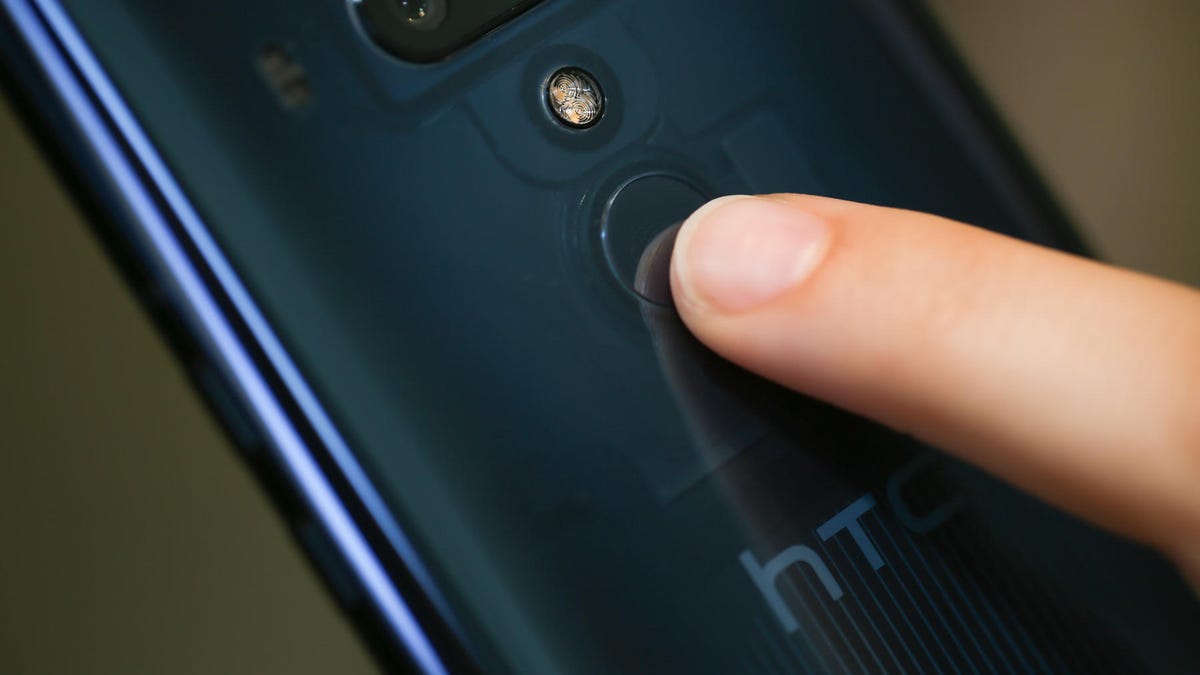Make your Android or iPhone's fingerprint reader work every time
This dead-simple trick will keep you from wanting to throw your phone across the room.

Raise your hand if this is you: The fingerprint reader on your iPhone or Android phone fails often enough on the first try that you're starting to wonder if you've been cursed with weird fingers.
Relax; there are plenty of reasons why you may not get an accurate read your first try, besides your mutant appendages.
- Your fingertip hasn't fully covered the sensor
- You have wet hands
- The phone didn't get an accurate read when you first registered your print
- The phone maker's implementation may make the reader more sensitive, like if there are more demanding layers of security built into the software
This tip won't help with all of those, but it definitely helps.
If you're up to here with trying to unlock your phone so many times that you have to revert to a password or passcode, stop. Take a deep breath. And try this dead-simple solution that really works.
Register the same print two or three times. I do this with the phones I review and it makes the devices much more likely to unlock the first time around. For example, I'll scan the finger I usually unlock the phone with at least twice -- say, my thumb -- and then scan a second finger that I might use to also unlock the device, like my index finger. I'll usually also scan the index finger of my non-dominant hand, which has bailed me out more than once when I had my hands too full to unlock the phone as I normally would.
The reason multiple scans of the same finger works is because when you register your fingertip the first time around, it isn't always clear which parts of your print the software has captured. A nominally helpful animation will urge you to lift your finger to capture more area, but that doesn't necessarily reflect the data your phone's actually storing.
By laying down the same fingerprint more than once, you're doubling or tripling the chances that your phone will capture enough data.
Of course, adding duplicate digits won't solve your unlocking issues if you constantly struggle to reach the reader, or if your hands are too wet for the phone to register your print.
How to register multiple fingerprints on your phone
Most phones give you a maximum of five fingerprints for security reasons. The more fingers you wave through, the higher the probability the phone will unlock for false positives, the reasoning goes.
On Android phones:
- Open Settings
- Tap Security
- Tap "Fingerprint"
- Re-enter your PIN
- Tap "Add fingerprint"
On iPhones with Touch ID:
- Open Settings
- Tap Touch ID & Passcode
- Enter your passcode
- Under the section "Fingerprints" tap "Add a Fingerprint"
- Try it out, and let me know how my little tip works for you.
Read next: The latest tips and tricks for your phone
Watch now: CNET's latest video tips

